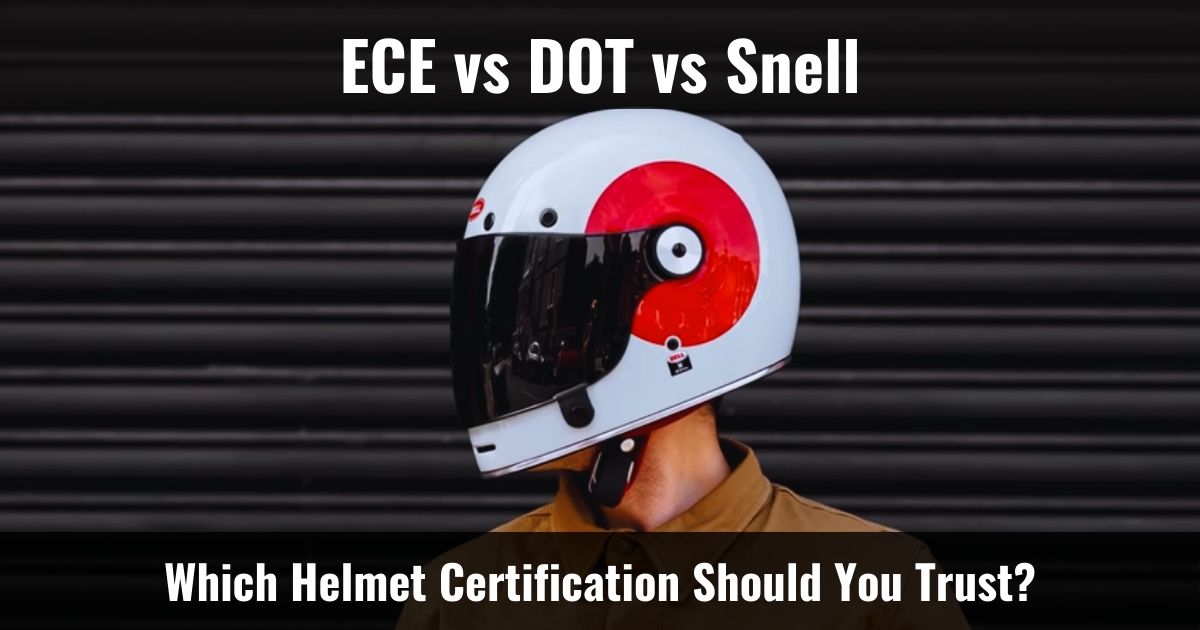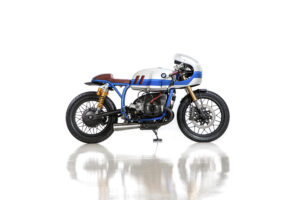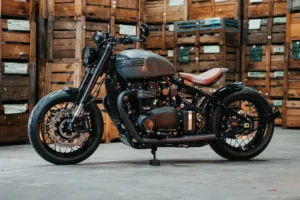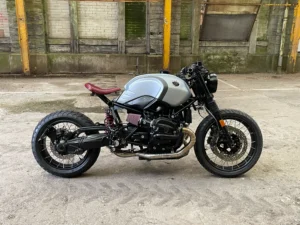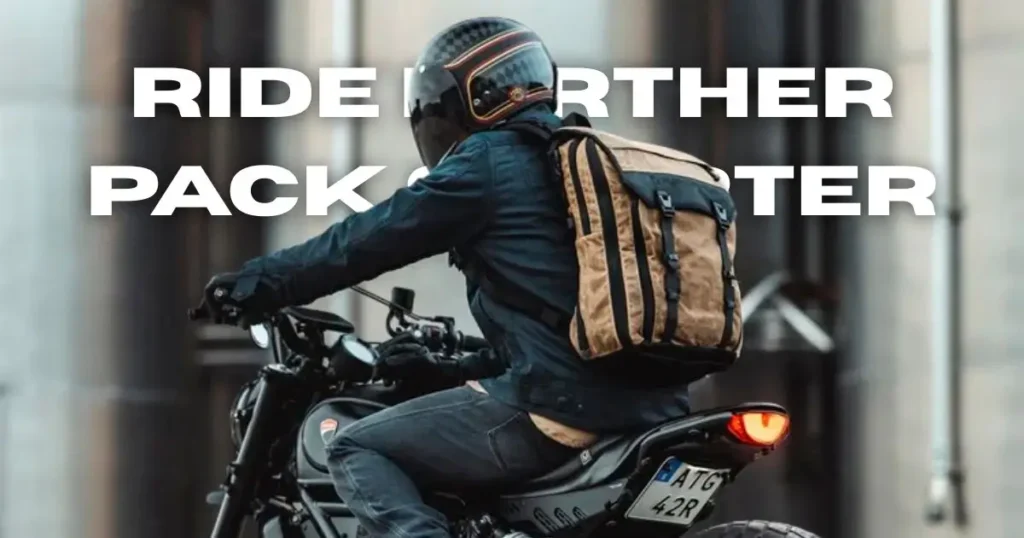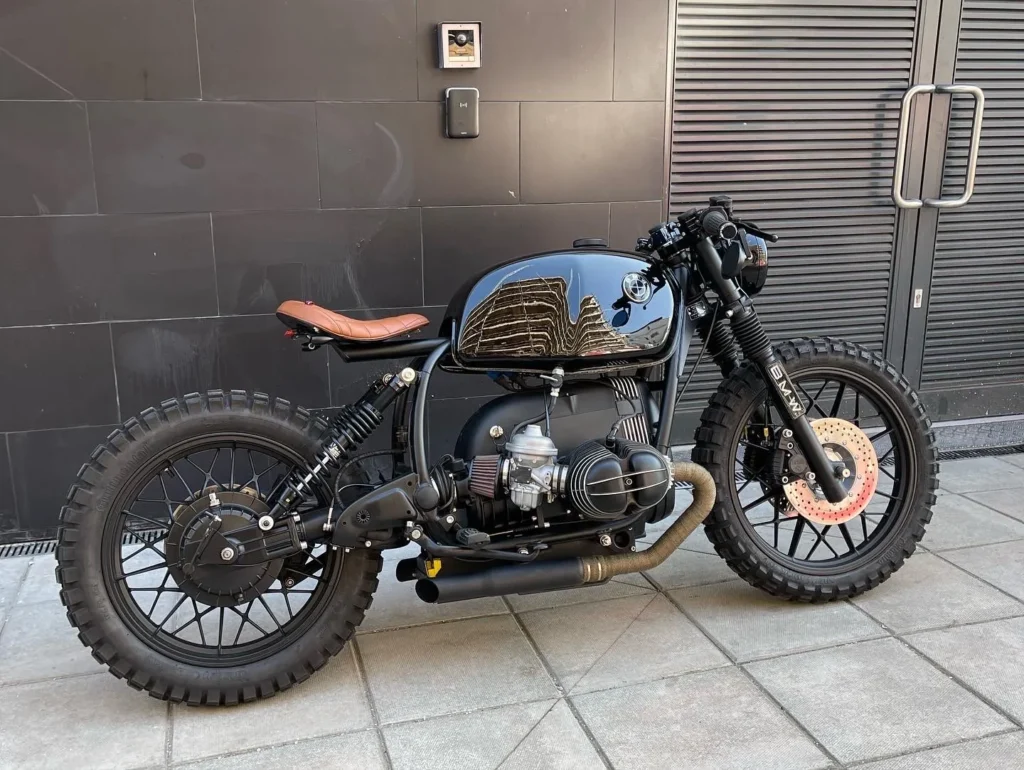Table of Contents
ToggleA helmet is not just about how it looks or feels. It plays a vital role in keeping you safe every time you ride. One of the most important details to check is the certification label. You may have seen markings like DOT, ECE, or Snell — but what do they actually mean?
Each certification follows a unique testing process. Some are based on government standards. Others come from independent organizations. Certain certifications are region-specific, while others are recognized worldwide. With so many variations, it’s easy to feel unsure about which one is best.
This guide explains each certification clearly. You’ll learn how they differ, where they apply, and which one you can trust for your riding needs.
What Are Helmet Safety Certifications?
Helmet safety certifications are official labels given to helmets after they pass specific safety tests. These tests measure how well a helmet protects your head during an accident. Each certification uses its own rules to test a helmet’s performance in crashes.
Certifications help you know if a helmet meets the basic safety level set by a government or an independent organization. They check how strong the shell is, how well it absorbs impact, and whether the strap stays secure. Without certification, a helmet may not protect you in a real-world crash.
In many countries, wearing a certified helmet is a legal requirement. It also gives peace of mind to the rider. A certified helmet shows that the brand has tested the product for safety. It adds value to your riding gear and supports safer roads.
What Are the Main Helmet Safety Standards: DOT, ECE, and Snell?
DOT (Department of Transportation)
DOT is the helmet safety standard set by the United States Department of Transportation. It follows Federal Motor Vehicle Safety Standard 218, which includes tests for impact absorption, penetration resistance, and retention system strength. The DOT standard is designed for street use and legal compliance within the U.S.
Manufacturers are responsible for testing their own helmets before selling them with a DOT label. This process is called self-certification. The government checks samples after they reach the market. If a helmet fails, the brand can face penalties. DOT helmets are legal in all U.S. states and are accepted for road riding.
ECE (Economic Commission for Europe)
ECE is a certification system created by the United Nations Economic Commission for Europe. It is recognized in over 50 countries, including most of Europe. The current version is ECE 22.06, which improves on the older ECE 22.05. It includes more detailed testing, such as side impact tests and rotational force checks. ECE helmets go through lab testing before approval. Independent labs do the testing, not the manufacturers.
The ECE certification is required for street use in many European countries. It is also accepted in some racing events. Many helmets sold worldwide carry ECE labels due to its wide approval and modern test procedures. The standard continues to evolve with new research and safety needs.
Snell (Snell Memorial Foundation)
Snell is an independent, non-profit organization based in the United States. It provides voluntary helmet certification for brands that want to meet higher safety targets. The latest standard is Snell M2020. Snell uses detailed lab tests, including multiple impact points and high-speed drops. The testing is more strict compared to DOT and ECE.
Manufacturers send helmets to Snell for testing. Only those that pass receive the certification label. Snell helmets are often used in racing or track events where higher protection is preferred. While not required by law, Snell certification is trusted for its strict and repeatable test process.
What Are the Key Differences Between ECE, DOT, and Snell Helmet Certifications?
Each certification uses a different testing method. DOT checks helmets based on minimum legal standards. It allows the brand to certify the helmet before selling it. Testing happens later through random government inspections. This process is faster but depends on the brand’s honesty during production.
ECE uses independent labs to test helmets before they reach the market. It follows a clear and repeatable process. The ECE 22.06 version includes more impact points and checks for side and angled impacts. It also tests how the helmet performs with accessories like sun visors and intercom units.
Snell applies the most aggressive test process. It includes repeated impacts at the same point, higher drop heights, and harder surfaces. Snell does not allow the brand to test its own products. Each helmet must pass tests done by Snell’s own team. This creates a higher trust level for racing and extreme conditions.
Another key difference is where the certifications apply. DOT is for the U.S. market. ECE is for Europe and many other countries. Snell is often optional but respected in motorsports. Some helmets carry two or three of these labels. This allows them to be used in different regions and riding types.
Which Helmet Certification Should You Trust?
The answer depends on how and where you ride. For daily street use in the United States, a DOT-certified helmet is legal and widely available. It meets the basic safety level required by law. If you ride mostly in your city or for short trips, a DOT helmet may be enough.
If you ride in Europe or travel across different countries, an ECE-certified helmet is the better choice. It meets safety rules in over 50 countries. The ECE 22.06 version uses updated testing, including new checks for side impacts. This makes it more advanced than the older ECE 22.05.
For track days or racing events, many riders choose Snell-certified helmets. Snell uses harder tests and pushes the helmet beyond standard levels. It is trusted by motorsport groups and racing schools. If you want extra protection and plan to ride at high speeds, Snell is worth considering.
Some helmets carry both DOT and ECE labels. Others have all three: DOT, ECE, and Snell. These helmets give you more flexibility. You can use them on public roads, travel across borders, or enter track events. The right choice depends on your riding needs, location, and safety goals.
What Are the Most Common Misconceptions About Helmet Certifications?
Many riders think Snell helmets are always the safest. This is not always true. Snell uses strict tests, but that does not mean every Snell helmet fits better or feels more comfortable. A helmet must also match your head shape and riding needs.
Some believe DOT helmets are not safe because brands test them first. But DOT still checks helmets after they are sold. Many well-known brands follow the rules carefully. A DOT helmet from a trusted company still offers strong protection for everyday use.
Another common thought is that ECE helmets are only for riders in Europe. In fact, ECE is accepted in many countries, not just in Europe. It is one of the most used certifications in the world. Riders in Asia, the Middle East, and even parts of South America use ECE helmets.
There is also confusion about which helmets are legal in certain places. A helmet with ECE might not be legal in the U.S. without DOT. A Snell helmet without DOT might not meet road rules either. Always check what is allowed in your country or region before buying.
Final Thoughts
Start by thinking about how you ride. If you use your bike for daily street riding, focus on helmets with DOT or ECE certification. These meet legal safety levels and offer reliable protection on the road. Check the label before you buy.
Next, look at where you plan to ride. Some countries require ECE. Others accept only DOT. For racing, Snell certification is often needed. Make sure the helmet matches your riding plans. It should meet the rules of the region or event.
Fit is also very important. Even the best-certified helmet cannot protect well if it fits poorly. The helmet should stay firm on your head without pressure points. Try different sizes and shapes to find the right one.
Always buy from trusted brands. Avoid helmets without clear safety labels. Check the inside for date and version codes. These tell you the helmet meets the latest rules.
In the end, the best helmet is the one that fits you well, meets the right safety standard, and matches your riding style. Take your time, read the label, and choose with care.
FAQs
How long does a certified helmet remain valid?
Most helmets are designed to last 3 to 5 years from the date of manufacture. After that, the protective materials may weaken. Certifications do not expire, but the helmet’s condition and age affect its safety. Always check the production date inside the helmet.
Do higher certifications make helmets more expensive?
Helmets with Snell or multi-certifications are usually more expensive. This is due to extra testing, stronger materials, and advanced design. However, price also depends on brand, features, and comfort—not just the certification itself.
Are certified helmets heavier or less comfortable?
Not always. Some helmets with Snell certification may feel heavier due to thicker protection. ECE helmets often focus on balanced comfort and weight. Many brands now offer light and well-ventilated helmets across all certification types.
Can I use certified helmets for off-road or adventure riding?
Yes. Many off-road and adventure helmets are certified under DOT, ECE, or both. Look for models designed for your specific riding style. These often include better airflow, wider visibility, and compatibility with goggles or peak visors.
Which helmet brands are known for each certification?
Brands like Shoei and Arai often carry Snell certification. HJC, AGV, and LS2 offer both DOT and ECE models. Some brands focus on specific markets, so check certification labels before buying.
Can a helmet be upgraded to a higher certification?
No. A helmet’s certification is fixed at the time of production. You cannot upgrade it later. To move to a higher standard, you need to buy a new helmet that was tested and approved for that level.
Are uncertified helmets safe to use?
No. Helmets without recognized certification may not meet any safety standard. They might look strong but fail during a real crash. Always choose a helmet with a clear, official label such as DOT, ECE, or Snell.

